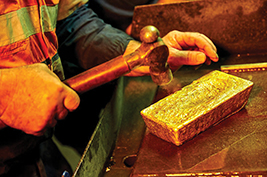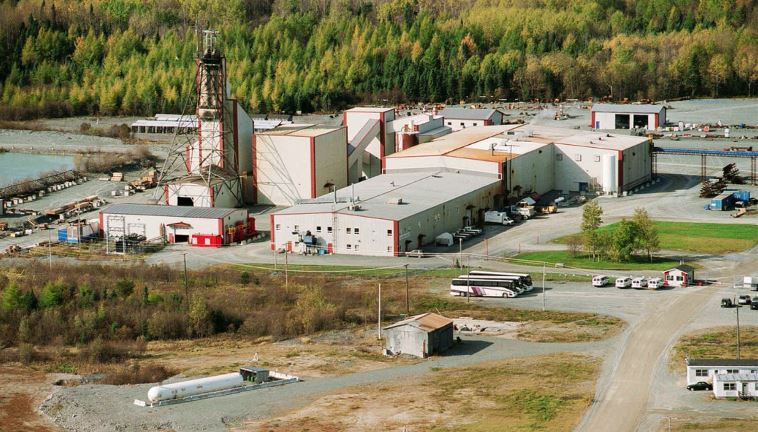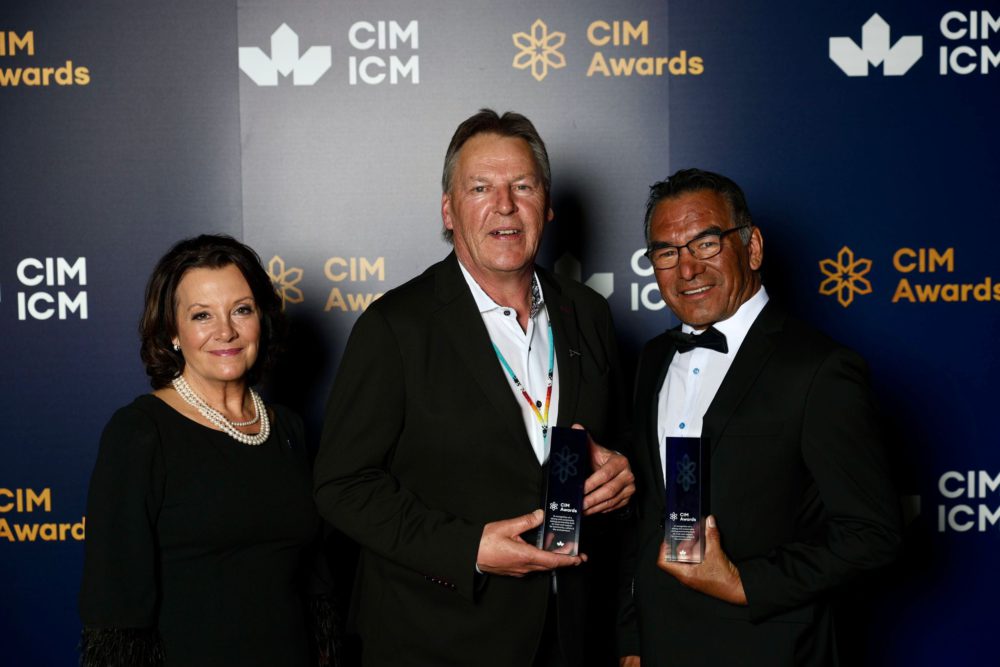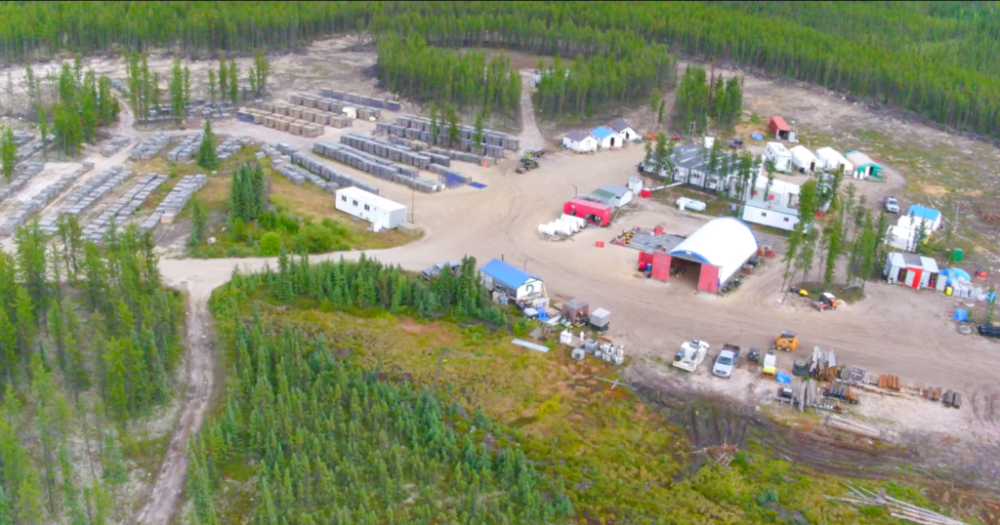Kirkland Lake Gold stages a turnaround: Top 40 – 2018 edition

A gold bar produced at the Fosterville mine, in Australia. CREDIT: KIRKLAND LAKE GOLD
Five years ago, Kirkland Lake Gold was struggling to say the least. The junior had just announced a net loss of $3.6 million, operating costs at Macassa – its only mine – exceeded US$1,100 per oz. of gold, and its shares could be had for less than $4 each.
Compare that to the gold producer’s current performance. Kirkland Lake is on track to produce 620,000 oz. of gold at operating costs of US$425-450 per oz. this year, having nearly doubled annual revenue to US$747 million in 2017 and moved into 21st place on CMJ’s Top 40 list. At press time, its shares were trading above $29.
How did a marginal Canadian gold miner stage such a turnaround, especially in an era that has been unkind to acquisitive gold producers? Though the company was unresponsive to requests for an interview, Kirkland Lake’s success appears to be related not to a rising gold price (gold is trading at US$1,250 per oz., roughly the same level as it was in mid-2013) but to a combination of new management, smart acquisitions, and exploration success.
Improvement was slow at first as the company shifted to mining higher grades at Macassa in northern Ontario to survive, but 2016 proved to be a pivotal year.
Under the guidance of gold guru Eric Sprott, who became a large shareholder and company chairman in 2015, the former president and CEO of Lake Shore Gold, Anthony Makuch, replaced CEO George Ogilvie. Within a few months, Kirkland Lake had merged with Australia’s Newmarket Gold, owner of the Fosterville mine in the state of Victoria, to form a new mid-tier gold producer.
As if on cue, spectacular exploration results started to roll in from Fosterville, including grades of up to 1,429 g/t gold over 15 metres from down plunge extensions of the Lower Phoenix gold system.
In June 2017, Kirkland Lake released a new mineral reserve estimate for the operation that doubled underground reserves to 1.03 million oz. and increased the estimated grade by 83% to 17.9 g/t gold. The reserve estimate shot up another 65% to 1.7 million oz. at an average grade of 23.1 g/t gold at the end of 2017.
The market took note, sending Kirkland Lake shares soaring from less than $7 at the end of 2016 and making the company the best performer on the S&P/TSX Composite Index in 2017 with a 174.5% gain. Results from Fosterville continue to impress investors, while a proposed new shaft at Macassa will help the company achieve its ultimate goal of becoming a 1 million oz. annual producer.
The four-compartment shaft will allow Kirkland Lake to pursue underground exploration to the east of the South Mine Complex at Macassa, support higher levels of production and lower unit costs, and improve ventilation and working conditions.
The shaft will have a hoisting capacity of 4,000 tonnes per day, allowing the company to ramp up to production of 400,000 oz. per year over the next few years. Kirkland Lake also owns the Holt and Taylor mines near Matheson, Ont., which are expected to contribute 125,000-145,000 oz. to production in 2018. Its Cosmo mine in Australia’s’ Northern Territory is currently on care and maintenance, but recent discoveries in the vicinity of the mine give management hope that production will eventually resume at an annual rate of about 100,000 oz. Kirkland Lake expects to allocate US$75-90 million to exploration in 2018, with the bulk of spending going to Australia. Under the leadership of John Landmark, vice-president of exploration for Australia, some of that budget is earmarked for an aggressive greenfields program to search for large ore deposits that can rival the heft of Fosterville. The focus of the program, including 76,000 metres of drilling, is 7 km of strike length along the Fosterville Trend and another 3-km section of the parallel O’Dwyer’s Trend. Once the sickly junior, Kirkland Lake has demonstrated that sound management combined with intelligent targets for acquisition and exploration can catapult a company into realm of top-tier producers even in a stagnant gold price environment. It doesn’t hurt to have a savvy gold investor like Sprott in your corner.





Comments